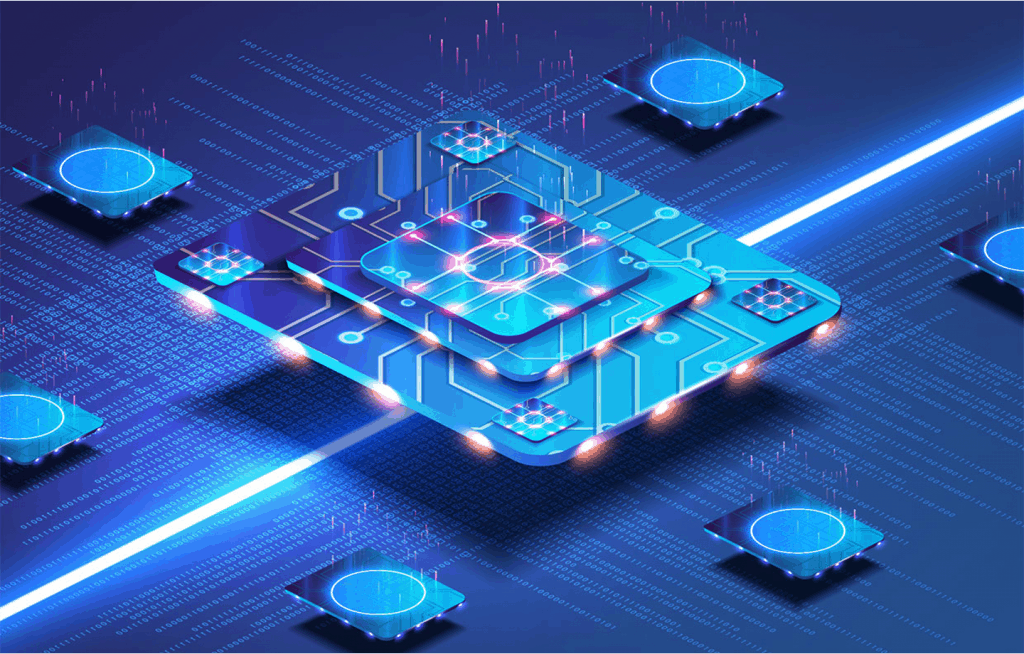
In the ever-evolving world of technology, two emerging domains are beginning to redefine how machines think, create, and interact with the human world: Neuromorphic Computing and Synthetic Media. These technologies, once on the fringes of computer science, are now finding real-world applications and pushing the boundaries of both artificial intelligence and digital content creation.
Together, they represent a convergence of neuroscience, machine learning, and digital artistry—blurring the lines between organic and synthetic intelligence.
What is Neuromorphic Computing?

Neuromorphic computing refers to the design of computer systems that mimic the structure and functioning of the human brain. Unlike traditional architectures, which process data sequentially, neuromorphic chips are built with spiking neural networks (SNNs) that process information in parallel and event-driven ways—much like biological neurons.
This architecture promises ultra-efficient, low-power computing, ideal for real-time decision-making in environments where energy, latency, or bandwidth are constrained. Applications include:
-
Autonomous vehicles reacting instantly to unpredictable environments
-
Smart sensors in drones or robots making rapid, context-aware decisions
-
Edge devices in IoT setups that require fast, on-device processing without cloud support
Companies like Intel (Loihi chips), IBM, and BrainChip are leading development, and neuromorphic systems are now being tested in AI research, defense, and robotics.
What is Synthetic Media?

Synthetic media is content generated or enhanced by artificial intelligence. It includes:
-
AI-generated text, music, art, and videos
-
Digital avatars and virtual influencers
-
Deepfake videos and voice cloning
-
Hyper-realistic simulations in film and gaming
Synthetic media tools like Runway, Synthesia, OpenAI’s Sora, and others are empowering creators to generate high-quality content with minimal resources. From marketing campaigns and virtual newscasters to personalized education and entertainment, synthetic media is transforming how content is produced and consumed.
Where They Intersect
While neuromorphic computing focuses on building brain-like hardware, and synthetic media explores human-like creativity, their intersection is compelling:
-
Faster AI Creativity: Neuromorphic processors could dramatically improve the speed and efficiency of synthetic media generation, enabling real-time creation of deepfake videos, virtual environments, or conversational avatars.
-
Cognitive Avatars: Combining both, we could see avatars that not only look and sound human, but also reason, react, and learn in a biologically inspired way.
-
Sustainable AI: Synthetic media generation is often compute-intensive. Neuromorphic systems promise drastic reductions in energy consumption, making large-scale media generation more environmentally friendly.
-
Ethical and Societal Implications
As with all powerful technologies, these breakthroughs raise complex ethical questions.
-
Deepfakes and Misinformation: Synthetic media can be used for disinformation or fraud, blurring the line between real and fake.
-
Bias and Manipulation: AI-generated content may reflect biases in training data or be weaponized for propaganda.
-
Neuromorphic Autonomy: Machines that learn and make decisions like humans may require new forms of regulation, accountability, and ethical oversight.
Governments, researchers, and tech companies are actively developing frameworks for responsible AI and synthetic media governance, but the pace of innovation often outstrips regulation.
-
-
